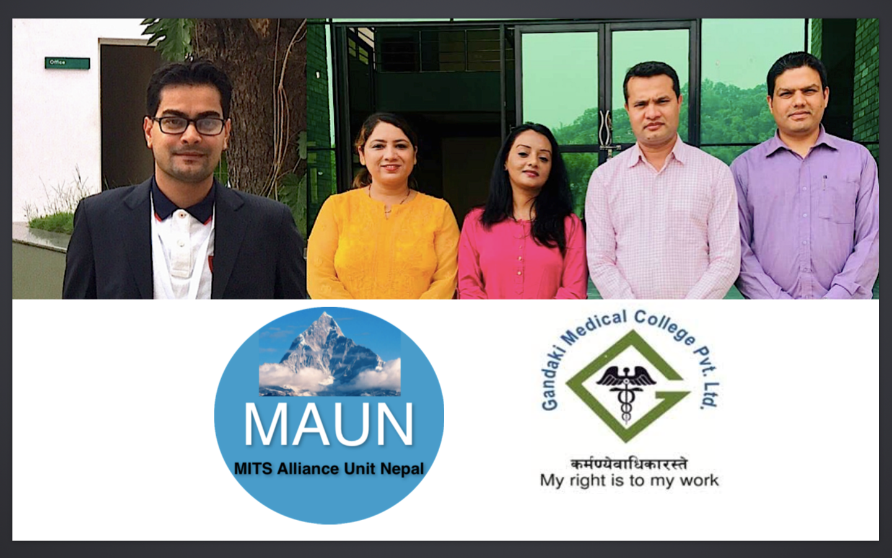In Nepal, relatives of the deceased often do not want the body of their loved ones disfigured by the incisions made during a full autopsy. The procedure is therefore challenging in Nepal, and is often conducted for legal, rather than clinical, purposes. In many cases, cause of death is based on patient history or clinical presentation.
Since minimally invasive tissue sampling (MITS) is a non-invasive procedure, Dr. Nuwadatta Subedi and Dr. Suraj Bhattarai of Gandaki Medical College and Teaching Hospital in Pokhara conceptualized a project called DECODE-MAUN to study how MITS can help overcome autopsy-related objections from relatives in Nepal.
“MITS is a very novel technique in Nepal. In fact, no proper research has been done on clinical autopsies generally in Nepal,” says Dr. Subedi. “So I was immediately excited to work on this project as MITS could be one of the solutions to the problems that clinicians face while accurately determining cause of death.”
Earlier in 2019, DECODE-MAUN was awarded an incentive grant by the MITS Surveillance Alliance, which supports the team to conduct MITS in three health centers: Gandaki Medical College, Pokhara Academy of Health Science, and District Hospital Damauli.
“Having knowledge of accurate cause of death is important to families, as some diseases could be contagious or run in the family. Such knowledge could pave the way for screening and treatment of potential diseases,” says Dr. Subedi. “Having an accurate cause of death will also contribute to national mortality statistics.”
To help orient the project team to various aspects of MITS, the Alliance supported their participation in a series of workshops and meetings. For example, two team members attended a hands-on training in India to learn about sample collection procedures.
“The training has been phenomenal in building our capacity to conduct MITS procedures. Overall, the Alliance’s support, both technical and financial, will empower our knowledge and skills to enable us to implement the MITS project locally,” says Dr. Subedi.
After the project finishes, the team aims to use MITS in routine cases and to generate mortality evidence in specific population groups, such as children.
“Each member of our team is very enthusiastic about this project and contributes towards its implementation from different sectors,” says Dr Subedi. “We have good support from the institutes we work with and the clinicians in our hospitals are extremely supportive. They have committed to counsel the relatives of deceased during the case enrollment process. We hope to have a great year ahead and are determined to contribute to mortality-related scientific evidence in the region.”
Project Name
Determining Efficiently the Cause of Death among Adults and Generating Mortality Evidence at MITS Alliance Unit Nepal
Location
Pokhara, Nepal
Team Members
Dr. Nuwadatta Subedi (Forensic Medicine expert); Dr. Suraj Bhattarai (Public Health specialist); Dr. Sunita Ranabhat (Pathologist); Dr. Binita Koirala (Microbiologist); Dr Madan Prasad Baral (Forensic Medicine expert)
